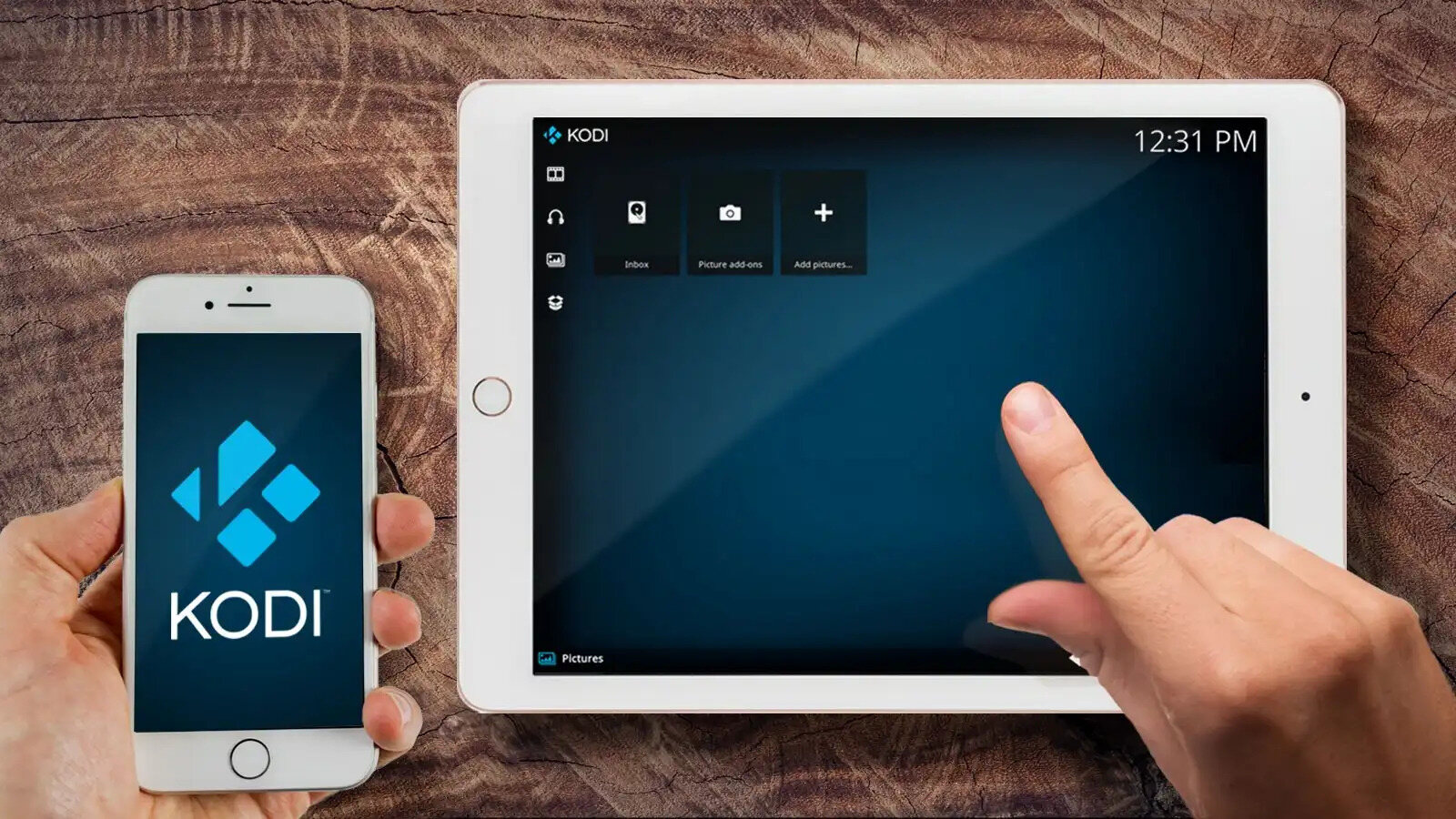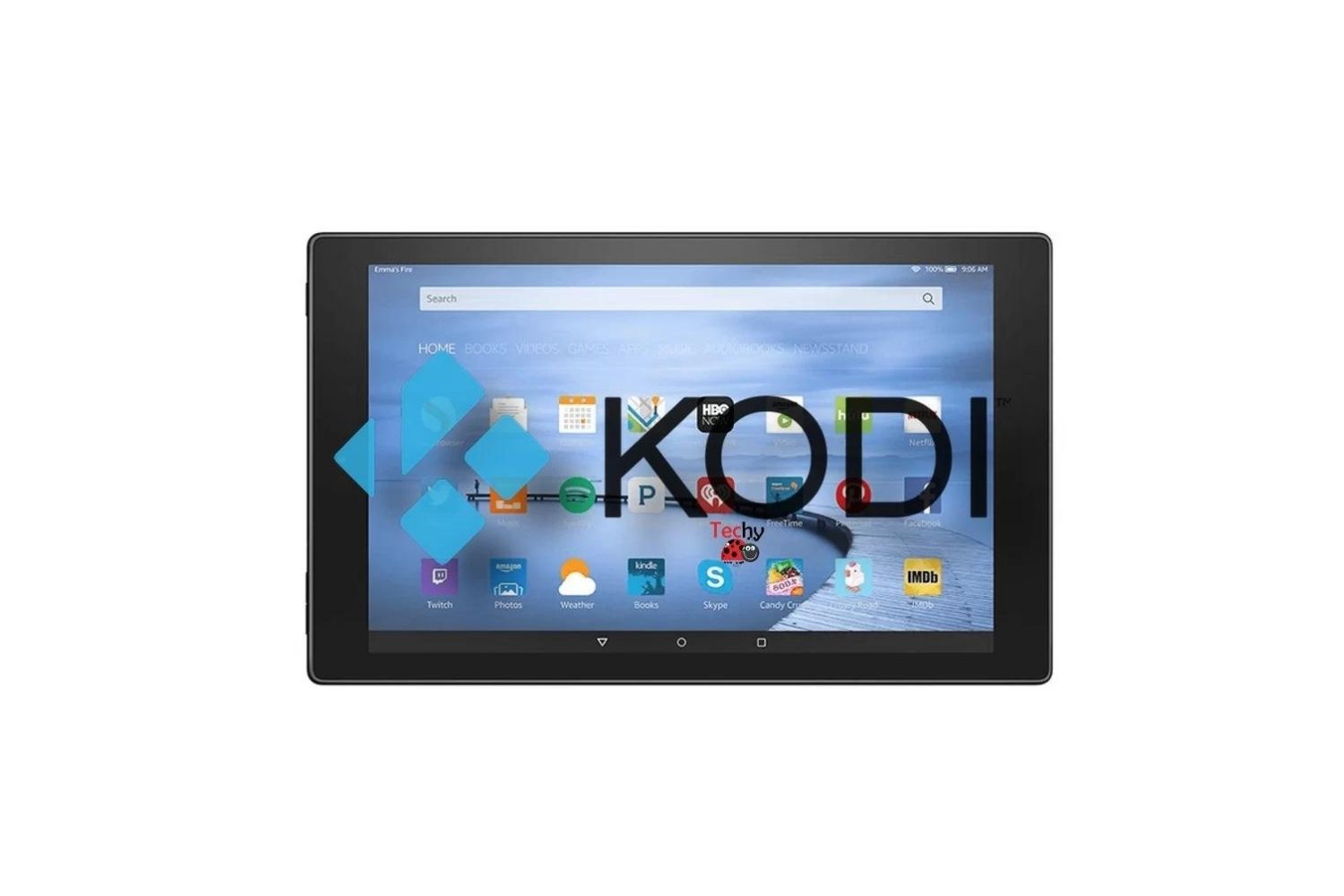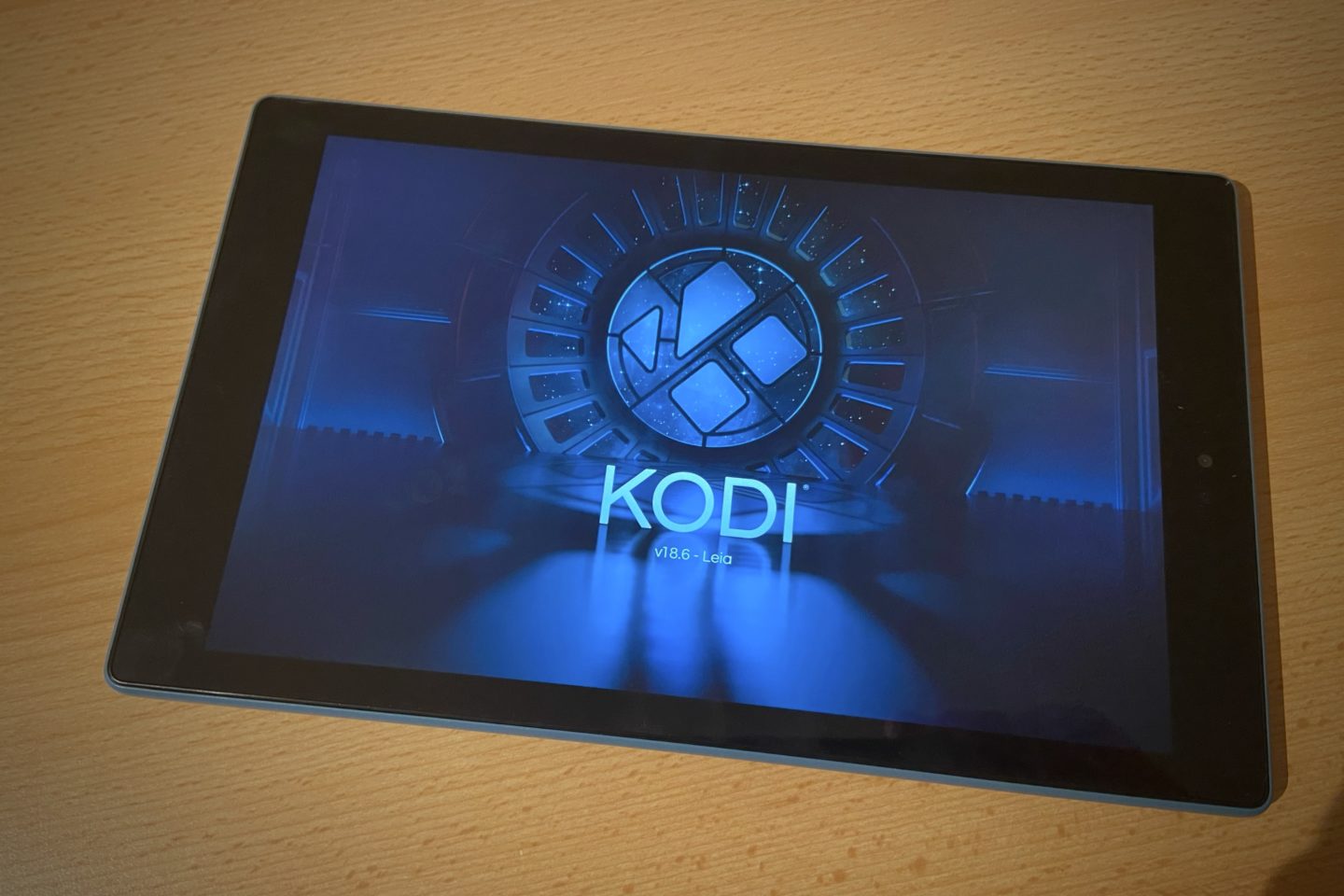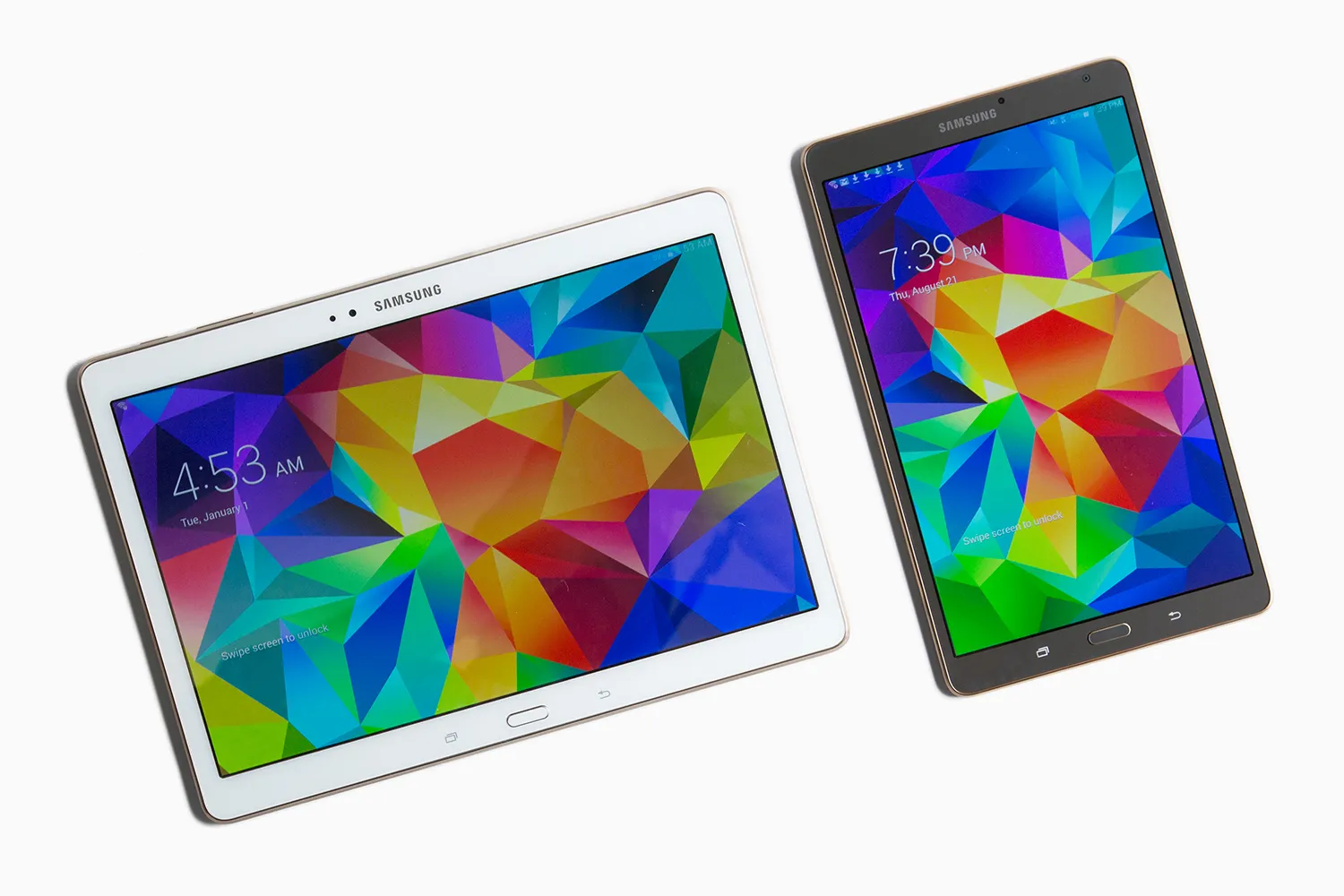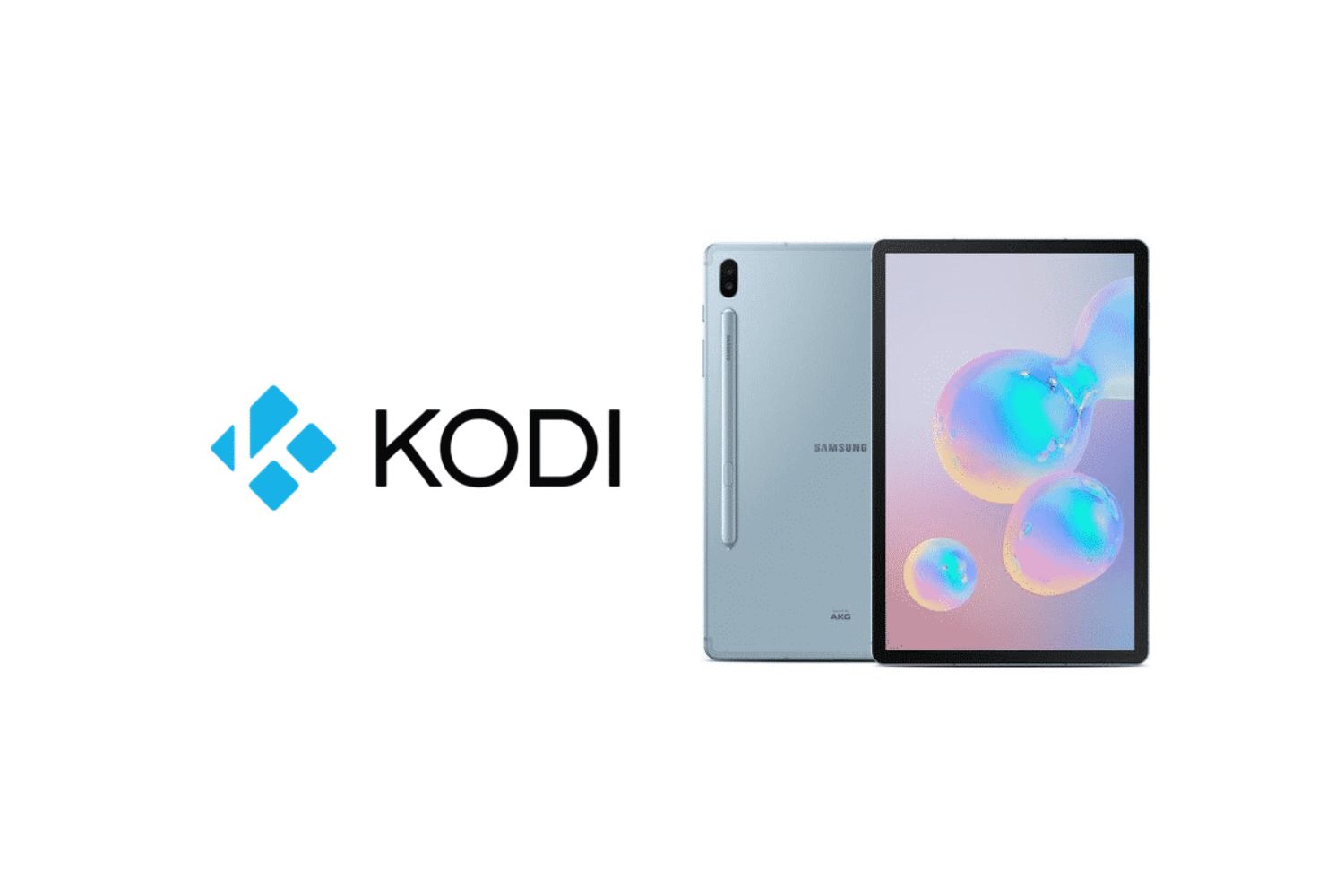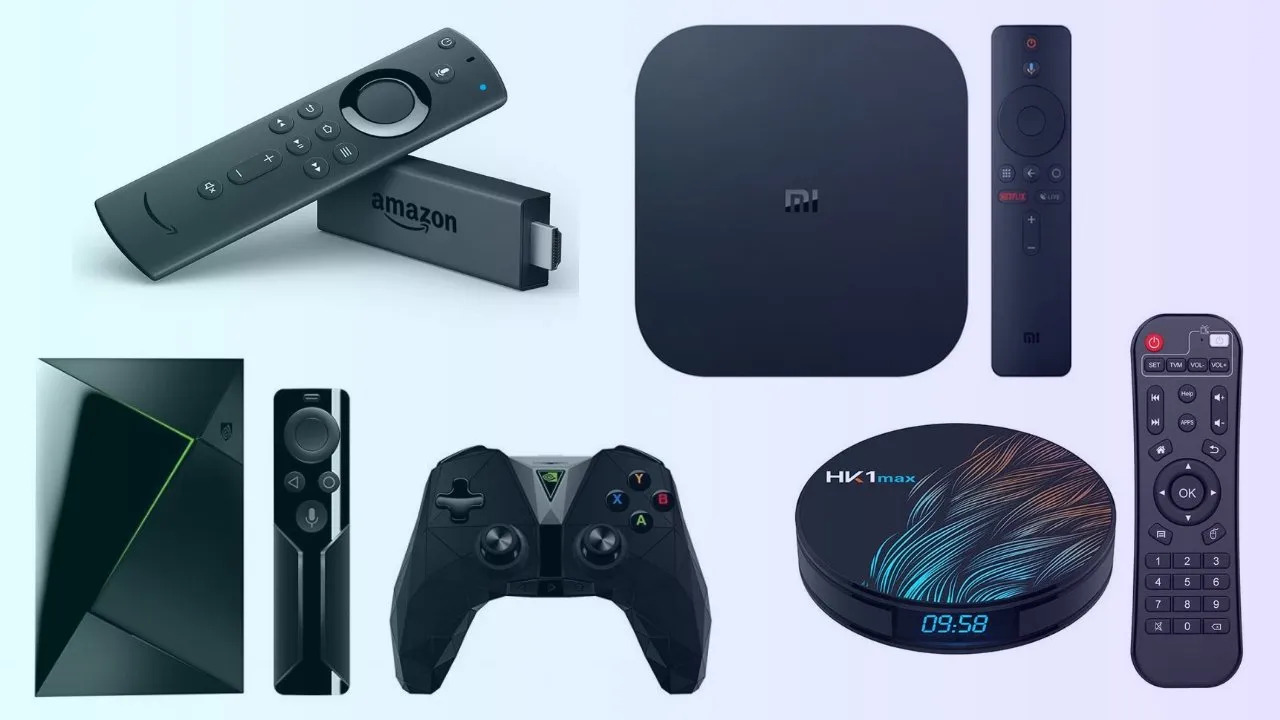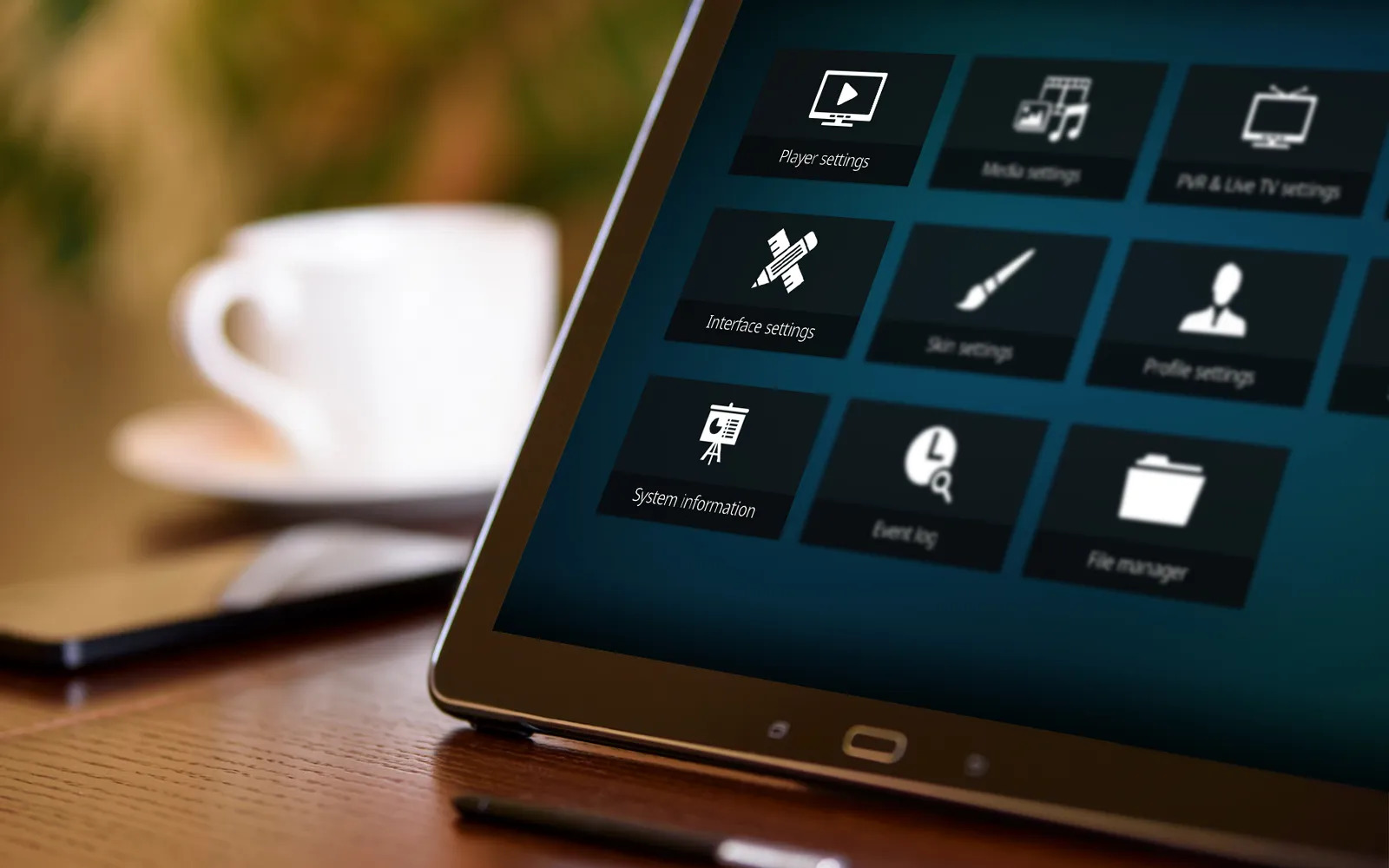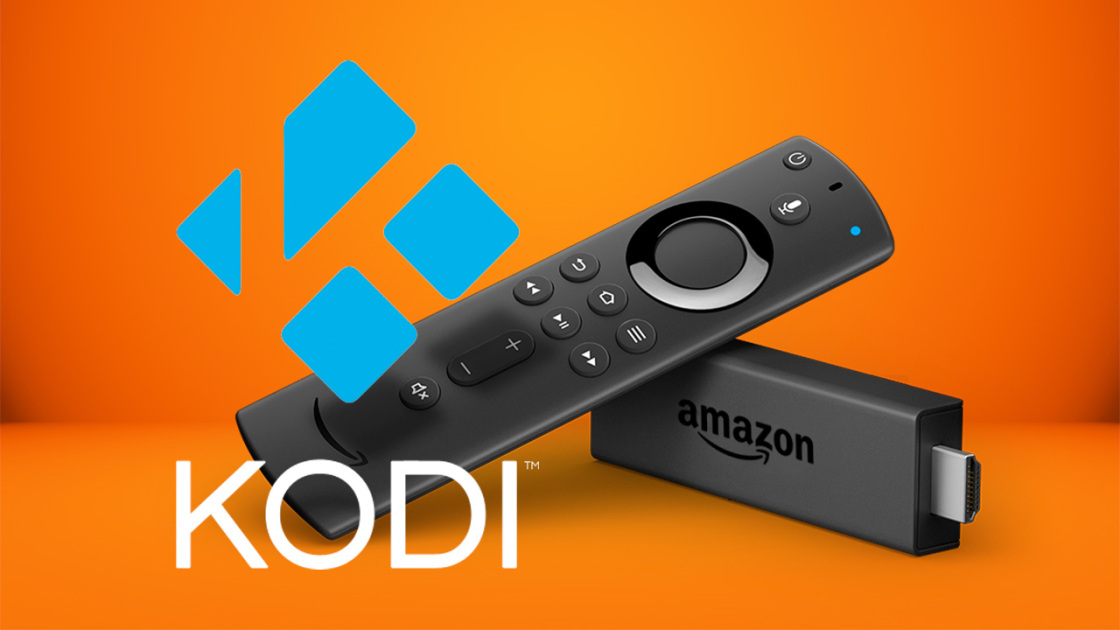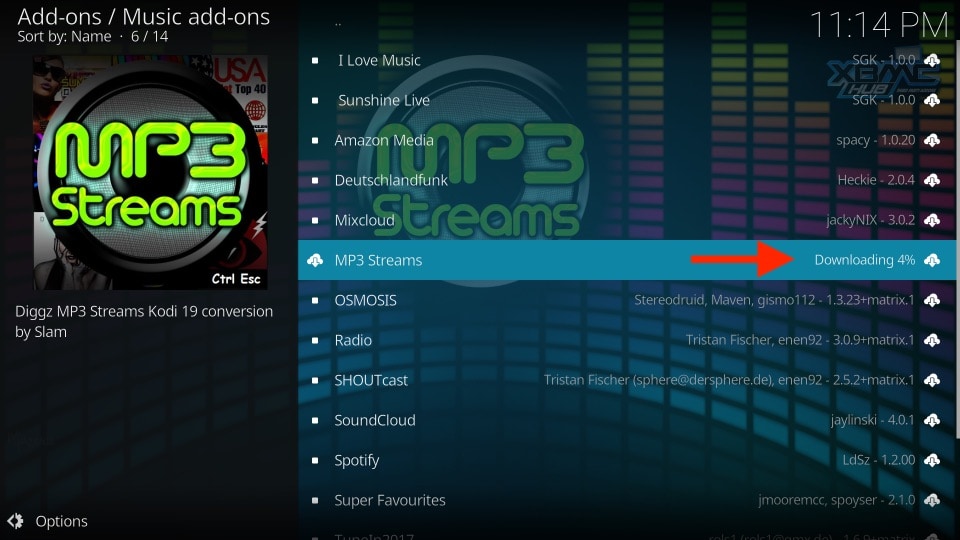Introduction
“Kodi is a powerful media center application that allows you to stream movies, TV shows, live TV, sports, and much more on your tablet. With its user-friendly interface and extensive library of add-ons, Kodi has become a popular choice among entertainment enthusiasts. If you’re looking to install Kodi on your tablet, you’ve come to the right place.
In this guide, we’ll walk you through the steps to install Kodi on your tablet. Whether you’re using an Android tablet or an iPad, the process is relatively straightforward. By following the instructions provided here, you’ll be able to unlock a whole new world of entertainment right at your fingertips.
Before we dive into the installation process, it’s important to note that Kodi is an open-source software. This means that it’s constantly being updated and enhanced by a community of developers. The latest version of Kodi, known as Kodi 18 Leia, offers improved performance, stability, and a host of new features.
So, without further ado, let’s get started with the installation of Kodi on your tablet. In the following steps, we’ll cover the necessary system requirements, enabling installation from unknown sources, downloading the Kodi APK (Android Package Kit) file, installing Kodi, and configuring it on your tablet.
By the end of this guide, you’ll have a fully functional Kodi installation on your tablet, ready to bring an endless variety of entertainment options. So, grab your tablet and let’s begin the journey to unlock the ultimate media experience with Kodi.”
Step 1: Check System Requirements
Before you proceed with the installation of Kodi on your tablet, it’s crucial to ensure that your device meets the necessary system requirements. By doing so, you can guarantee smooth performance and optimal functionality of Kodi. Here are the key requirements to consider:
- Operating System: The majority of tablets support either Android or iOS. To install Kodi on Android tablets, ensure that your device is running on Android 5.0 or above. For iOS tablets, make sure you have iOS 9.0 or later.
- Storage Space: Kodi requires a certain amount of storage space to accommodate its installation files, add-ons, and media content. Verify that your tablet has adequate free storage available for Kodi.
- RAM: Kodi performs best with a sufficient amount of RAM. It is recommended to have at least 1 GB of RAM for a smooth and seamless media streaming experience.
- Internet Connection: While not strictly a system requirement, a reliable internet connection is essential for streaming media content on Kodi. Ensure that your tablet has access to a stable and speedy Wi-Fi or cellular network.
By checking these system requirements, you can determine if your tablet is capable of running Kodi smoothly. If your device meets these criteria, you are ready to proceed to the next steps. However, if your tablet falls short in any of these areas, it may be necessary to consider upgrading or optimizing your device for optimal Kodi performance.
Step 2: Enable Installation from Unknown Sources
Before you can install Kodi on your tablet, you need to enable the option to install applications from unknown sources. By default, Android and iOS devices restrict the installation of apps from outside their respective app stores as a security measure. To enable installation from unknown sources, follow the steps below:
For Android Tablets:
- Open the Settings app on your Android tablet.
- Scroll down and select “Security” or “Lock screen and security,” depending on your device.
- Look for the “Unknown sources” option. It may be listed under “Device administration” or “Advanced” settings.
- Toggle the switch next to “Unknown sources” to enable it. A warning message may appear, informing you about the risks of installing apps from unknown sources. Read the message and proceed if you understand the implications.
For iOS Tablets:
- Open the Settings app on your iOS tablet.
- Navigate to “General” and select it.
- Tap on “Profiles & Device Management” or “Device Management.” If you don’t see this option, proceed to the next step.
- Find and select the profile associated with the Kodi installation file.
- Tap on “Trust [profile name]” or “Verify app.” A confirmation message will appear.
- Tap “Trust” or “Verify” to enable installation from the respective source.
Enabling installation from unknown sources allows you to install Kodi and other APK files directly on your tablet. However, it’s important to exercise caution and only download APK files from trusted sources to minimize the risk of installing malicious software.
Now that you have enabled installation from unknown sources on your tablet, you can proceed to the next step: downloading the Kodi APK file.
Step 3: Download Kodi APK
After enabling installation from unknown sources on your tablet, the next step is to download the Kodi APK (Android Package Kit) file. The APK file contains all the necessary files for installing Kodi on your device. Here’s how you can download the Kodi APK:
- Open a web browser on your tablet and go to the official Kodi website at https://kodi.tv/download.
- Scroll down the page to find the available versions of Kodi for different platforms.
- Click on the “Android” icon or link to access the Android download page.
- You will see different download options, such as ARMv7a (32-bit), ARMv8a (64-bit), or x86. Choose the version that matches the architecture of your tablet. If you’re unsure about your tablet’s architecture, you can download the ARMv7a version, which is the most common.
- Click on the appropriate download link to start the download of the Kodi APK file.
Once the download is complete, you will have the Kodi APK file saved on your tablet. It’s essential to remember the location where the file is saved for easy access during the installation process.
Before moving on to the next step, it’s a good practice to verify the authenticity of the downloaded APK file to ensure that it hasn’t been tampered with or modified. You can do this by cross-checking the provided checksums on the official Kodi website. This step helps to ensure that you’re installing a genuine, unaltered copy of Kodi.
Now that you have successfully downloaded the Kodi APK file, you are ready to move on to the installation process in the next step.
Step 4: Verify APK File
Before installing the Kodi APK file on your tablet, it is important to verify its authenticity to ensure that you are installing a genuine and unaltered version of Kodi. By verifying the APK file, you can confirm that it has not been tampered with or modified in any way. Here’s how you can verify the APK file:
- Make sure you have a file manager app installed on your tablet. If you don’t have one, you can download a reliable file manager app from the Google Play Store or the Apple App Store.
- Open the file manager app and navigate to the location where you downloaded the Kodi APK file.
- Long-press on the Kodi APK file to select it. A menu will appear with various options.
- Select the option for “Checksum” or “Properties” to view the details of the file.
- Compare the provided checksums on the official Kodi website with the checksum displayed for the APK file in the file manager app.
- If the checksums match, it indicates that the APK file is authentic and has not been altered.
Verifying the APK file adds an extra layer of security for the installation process. It ensures that you are installing the official version of Kodi and helps to protect your device from potentially harmful or modified files.
Once you have verified the authenticity of the Kodi APK file, you can proceed with the installation process in the next step.
Step 5: Install Kodi
Now that you have verified the authenticity of the Kodi APK file, you are ready to install Kodi on your tablet. The installation process may vary slightly depending on whether you have an Android tablet or an iOS tablet.
For Android Tablets:
- Open the file manager app on your tablet.
- Navigate to the location where you downloaded the Kodi APK file.
- Tap on the Kodi APK file to initiate the installation process.
- A prompt may appear, asking for your confirmation to install the application. Tap on “Install” to proceed.
- Wait for the installation process to complete. It may take a few moments.
- Once the installation is finished, you will see a confirmation message stating that Kodi has been installed successfully.
For iOS Tablets:
- Find the Kodi IPA file on your tablet. You can use the same file manager app to locate the IPA file.
- Tap on the Kodi IPA file to start the installation process.
- A pop-up message may appear, asking for your confirmation to install the application. Tap on “Install” to proceed.
- Depending on your tablet’s settings, you may be prompted to enter your device passcode to authorize the installation.
- Wait for the installation process to complete. It may take a few moments.
- Once the installation is finished, you will see the Kodi app icon on your tablet’s home screen.
After the installation is complete, you can launch the Kodi app by tapping on its icon. Congratulations! You now have Kodi installed on your tablet.
However, it’s important to note that Kodi is not yet fully functional. The next step will guide you in configuring Kodi on your tablet so that you can start enjoying its features and media streaming capabilities.
Step 6: Configure Kodi on Your Tablet
After successfully installing Kodi on your tablet, the final step is to configure the application to enhance your media streaming experience. Here are the essential tasks to complete during the configuration process:
- Initial Setup: When you launch Kodi for the first time, you will be guided through an initial setup process. This setup involves selecting a language, setting a time zone, and customizing some basic preferences. Follow the on-screen prompts to complete the initial setup.
- Add Media Sources: Kodi allows you to stream media from various sources. To add media sources, such as a local storage device, network share, or online streaming service, navigate to the “Settings” menu and select “Media Settings.” From there, choose “Add Source” and follow the prompts to add your desired media sources.
- Install Add-Ons: Add-ons are extensions that enhance Kodi’s functionality by providing access to different media content. You can browse and install add-ons from the official Kodi repository or other third-party sources. To install add-ons, go to the “Add-ons” section in the Kodi main menu and choose “Install from Repository” or “Install from Zip File” to add external add-ons.
- Configure Settings: Kodi offers a plethora of customization options and settings to fine-tune your experience. You can adjust audio and video settings, set up your preferred skin or theme, configure network settings, and more. Explore the “Settings” menu in Kodi to personalize the application according to your preferences.
- Organize and Maintain Your Library: If you have a large collection of media files, Kodi allows you to organize your library to easily access and browse your content. You can create playlists, add artwork and metadata to your media files, and even set up automatic updates and scanning for new content. Utilize the library management features of Kodi to keep your media organized and up-to-date.
By completing these configuration steps, you will tailor Kodi to your specific needs and preferences. Take the time to explore the various features and settings available to enhance your media streaming experience on your tablet.
Now that you have successfully configured Kodi on your tablet, you are ready to enjoy a wide array of media content, including movies, TV shows, live TV, sports, and more. Sit back, relax, and immerse yourself in the vast world of entertainment that Kodi offers.
Conclusion
Congratulations! You have successfully installed and configured Kodi on your tablet, opening up a world of endless entertainment possibilities. By following the steps outlined in this guide, you can now enjoy streaming movies, TV shows, live TV, and sports right from the comfort of your tablet.
Kodi provides a user-friendly interface and a vast library of add-ons, allowing you to customize your media streaming experience to suit your preferences. Whether you’re using an Android tablet or an iOS tablet, the installation process is straightforward, and with the right system requirements, you can enjoy seamless performance and optimal functionality.
Remember to only download the Kodi APK file from trusted sources and verify its authenticity using the provided checksums. This ensures that you’re installing the official, unaltered version of Kodi and protects your tablet from potential security risks.
Once Kodi is installed, take some time to explore its features, add-ons, and settings. Customize your media sources, install additional add-ons to enhance functionality, and organize your library for easy browsing. With Kodi, the possibilities are endless.
Now, grab your tablet, sit back, and immerse yourself in the world of entertainment that Kodi has to offer. Enjoy your favorite movies, TV shows, and live events, and make the most out of your media streaming experience.
Thank you for choosing this guide to install Kodi on your tablet. We hope you found it helpful, and we wish you many enjoyable hours of streaming with Kodi!







